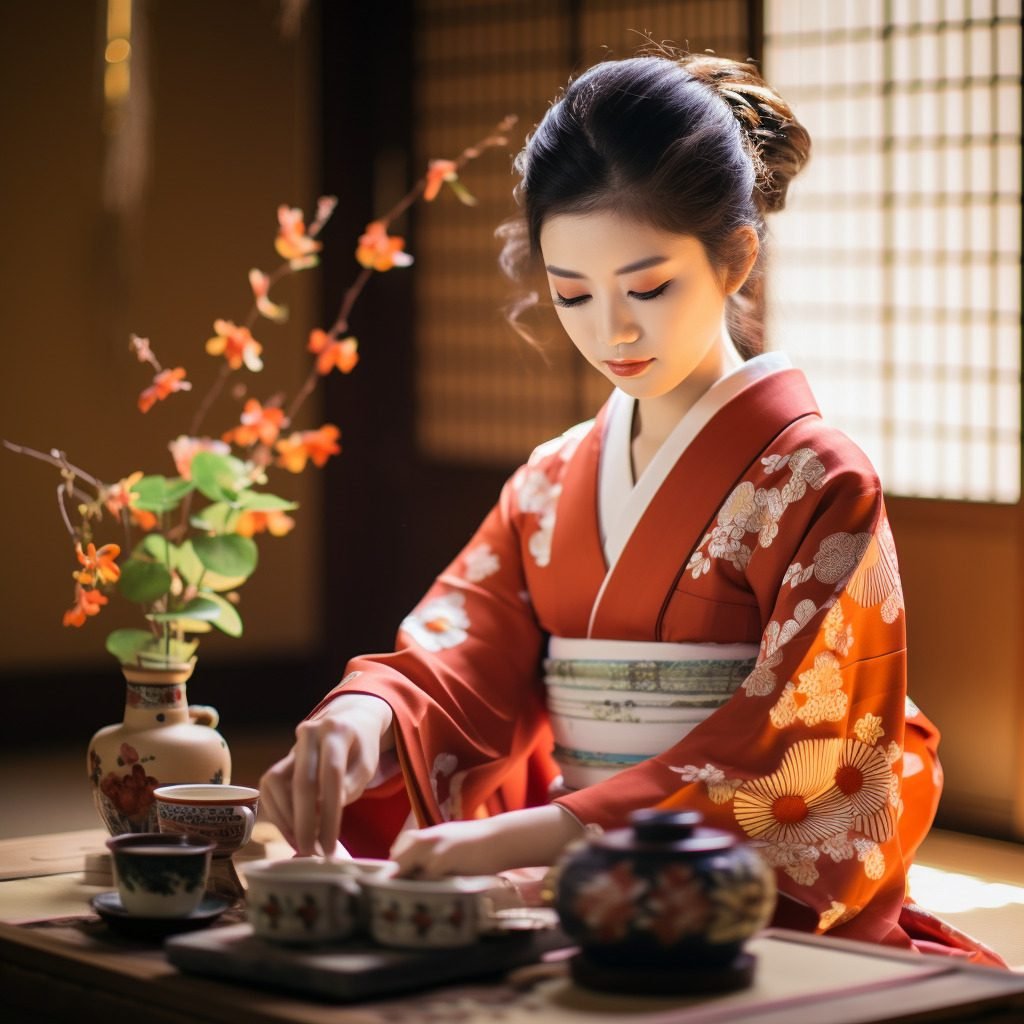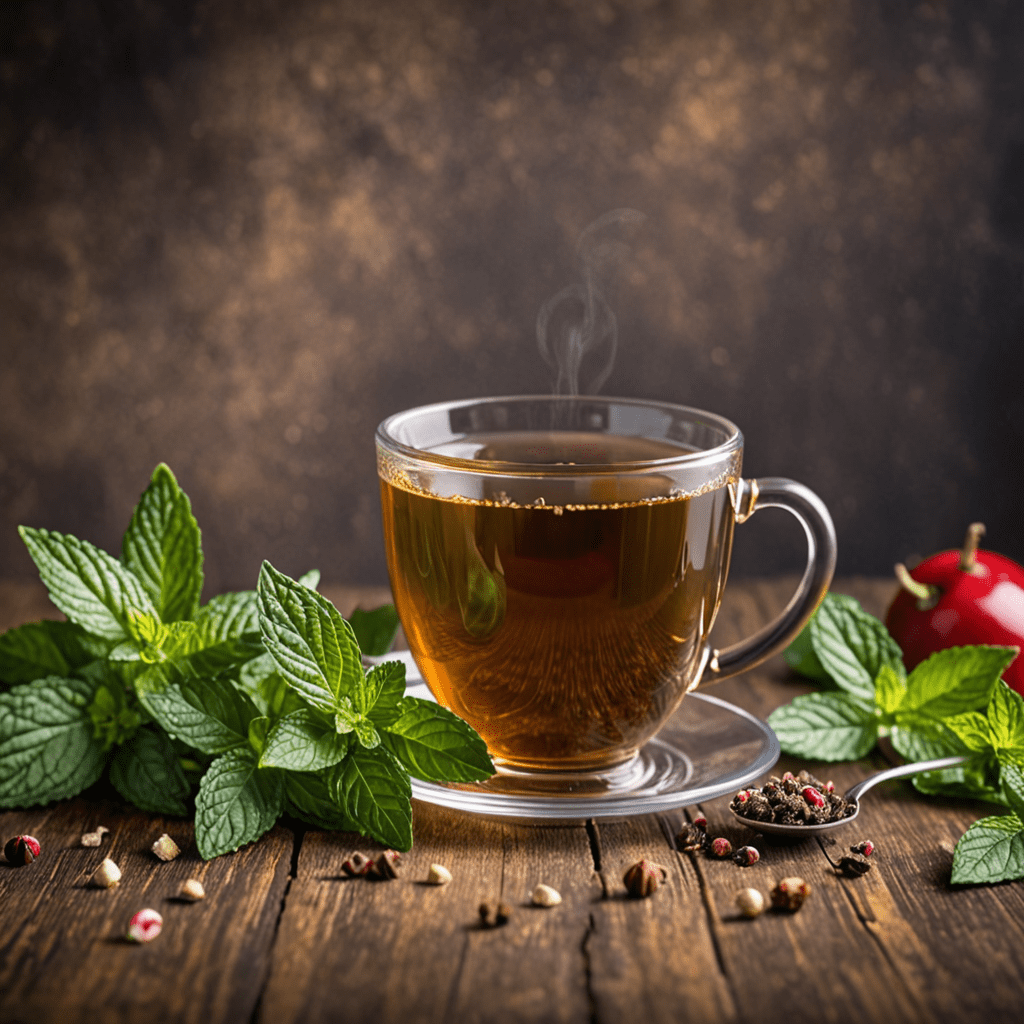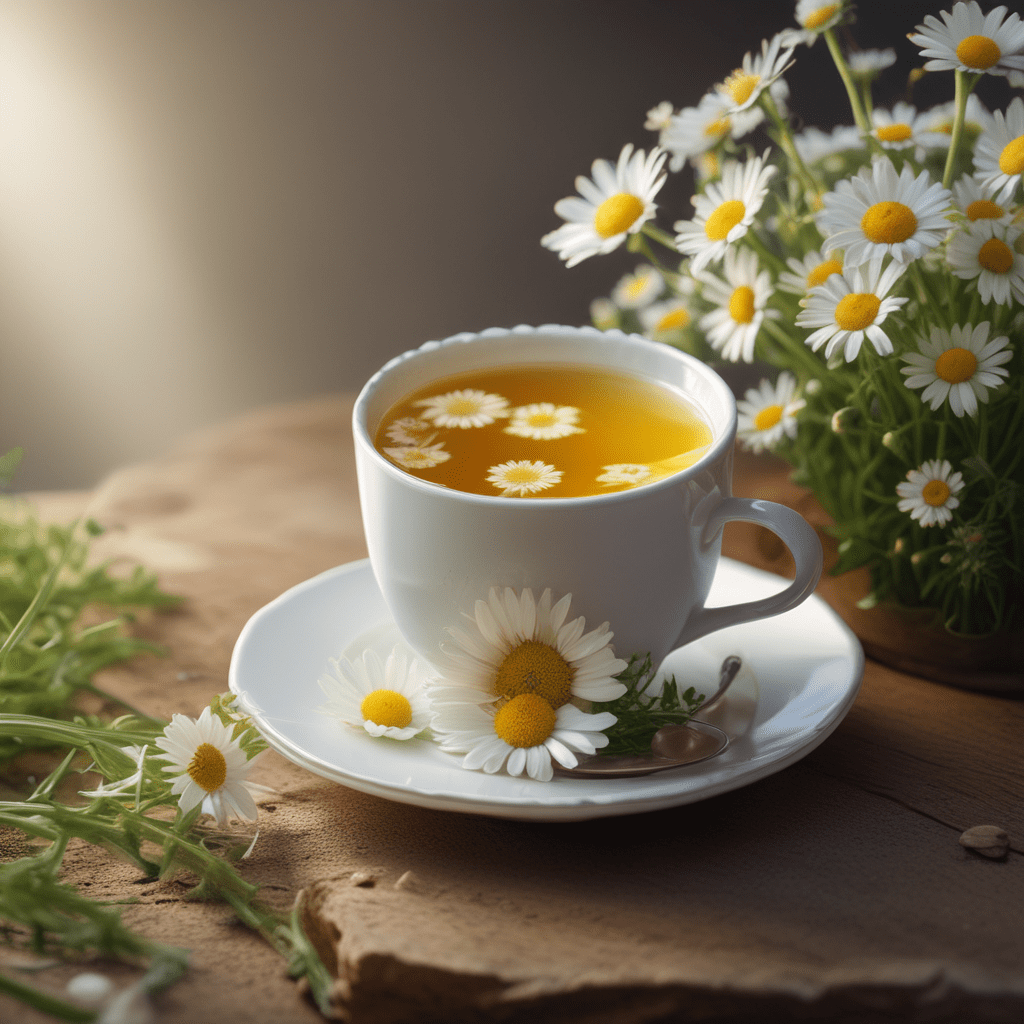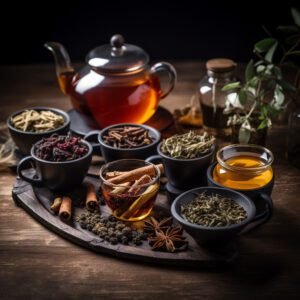Discover the Magic of Japanese Tea Ceremony: An In-Depth Guide
Introduction
The Japanese Tea Ceremony, also known as Chanoyu or Sado, is a centuries-old cultural practice that involves the ceremonial preparation and presentation of matcha, a powdered green tea. Rooted in Zen Buddhism, it is not merely about drinking tea but rather a mindful and meditative ritual that symbolizes harmony, respect, and tranquility.
The importance of the Japanese Tea Ceremony goes beyond just a beverage. It is a way of life, embodying essential Japanese values and aesthetics. In this article, we will delve into the key elements of the Japanese Tea Ceremony, provide practical tips for its practice, explore ways to incorporate it into your daily life, and answer some frequently asked questions.
Key Elements
- Harmony (Wa): The concept of harmony lies at the core of the Japanese Tea Ceremony. It emphasizes the harmonious relationship between the host, guests, nature, and the tea itself. Every movement, gesture, and action during the ceremony aims to create a sense of unity and tranquility.
Respect (Kei): Respect is a fundamental aspect of the Japanese Tea Ceremony. Participants show respect for each other, the tea utensils, and the moment itself. This respect is demonstrated through gestures, such as bowing, and by handling the tea utensils with care and gratitude.
Purity (Sei): Purity refers to the cleanliness and simplicity of both the physical space and the mind during the ceremony. The tea room is meticulously cleaned, and participants purify themselves before entering. The focus is on creating an environment free from distractions and clutter, allowing the tea experience to be truly immersive and mindful.
Tranquility (Jaku): Tranquility is achieved through the calm and peaceful atmosphere created during the Tea Ceremony. The serene setting, the soft sound of water boiling, and the gentle movements of the host all contribute to a sense of inner peace and mindfulness.
Focus (Shin): The Japanese Tea Ceremony requires utmost concentration and mindfulness. Participants are encouraged to be fully present in the moment, paying attention to every detail, and savoring the experience with all their senses.
Tips for Japanese Tea Ceremony
If you are interested in practicing the Japanese Tea Ceremony or attending one, here are some practical tips to enhance your experience:
- Seek Authentic Tea: When selecting tea for the ceremony, opt for high-quality matcha from reputable sources. Look for teas that are vibrant green in color and have a smooth, velvety texture. Avoid teas that are overly bitter or have an off-putting aroma.
- Subtip: If you are new to matcha, start with a ceremonial grade tea that is easier to whisk into a frothy consistency.
- Invest in Proper Utensils: To fully immerse yourself in the Japanese Tea Ceremony, invest in the essential tea utensils. These include a chawan (tea bowl), chasen (bamboo whisk), chashaku (bamboo scoop), and a kensui (waste water bowl). Using the traditional tools adds authenticity to the experience and allows you to appreciate the craftsmanship involved.
Learn the Proper Techniques: Familiarize yourself with the various techniques involved in the Japanese Tea Ceremony. Practice whisking the matcha to achieve a smooth consistency, and master the art of bowing and handling the utensils gracefully.
Create a Serene Atmosphere: Set the mood by creating a calm and inviting environment. Use natural materials, such as bamboo, wood, and cotton, for your tea utensils and decorations. Dim the lights, play soft music, or use incense to evoke a sense of tranquility.
Invite Others to Join: The Japanese Tea Ceremony is often practiced with others. Invite friends or family members to share the experience with you. It can be a beautiful way to connect with loved ones and create lasting memories.
Incorporating Japanese Tea Ceremony
Incorporating elements of the Japanese Tea Ceremony into your daily life can bring a sense of mindfulness and tranquility. Here are some ideas to inspire you:
- Morning Tea Ritual: Start your day with a simple tea ritual. Take a few moments to prepare a cup of matcha mindfully. Instead of rushing through your morning routine, savor the moment and allow the tea’s aroma and taste to awaken your senses.
- Subidea: Consider adding a few moments of meditation or reflection before and after your tea ritual to cultivate a calm and focused mindset for the day ahead.
- Tea Gatherings: Organize small tea gatherings with friends or family. Encourage each participant to prepare a cup of matcha and share their thoughts or experiences. It can be a delightful way to foster connection, conversation, and a deeper appreciation for the tea ceremony.
Quiet Contemplation: Find a quiet corner in your home or a nearby park where you can sit and enjoy a cup of tea in solitude. Use this time to reflect, unwind, and reconnect with yourself.
Tea and Art: Explore the relationship between tea and art by incorporating elements of the Japanese Tea Ceremony into your artistic endeavors. Paint or sketch tea bowls, practice calligraphy related to tea, or create a tea-inspired arrangement with flowers.
FAQ about Japanese Tea Ceremony
Q: Do I need to wear traditional Japanese clothing to participate in a tea ceremony?
A: While it is not mandatory, wearing traditional Japanese clothing, such as a kimono or yukata, can add to the authenticity and ambiance of the tea ceremony. However, it is perfectly acceptable to attend in regular attire as long as you show respect and observe the proper etiquette.
Q: Is it necessary to learn specific teachings or philosophies before participating in a tea ceremony?
A: While having knowledge of the teachings and philosophies associated with the Japanese Tea Ceremony can enhance your understanding and appreciation, it is not a prerequisite. Many tea ceremony schools offer introductory classes that provide the necessary guidance and teachings for beginners.
Q: Are there any health benefits associated with drinking matcha?
A: Matcha contains high levels of antioxidants and provides a gentle energy boost due to its natural caffeine content. Additionally, it is believed to have calming effects, aid in concentration, and support overall well-being. However, it is important to consume matcha in moderation as part of a balanced diet.
In conclusion, the Japanese Tea Ceremony offers not only a delightful tea-drinking experience but also a profound way to connect with oneself and others. Through its key elements of harmony, respect, purity, tranquility, and focus, it teaches important values and cultivates mindfulness. By incorporating aspects of the ceremony into our daily lives, we can embrace its beauty and find moments of peace and serenity amidst the busyness of modern life. So, why not take a step into the world of Japanese Tea Ceremony and discover its magic for yourself?



